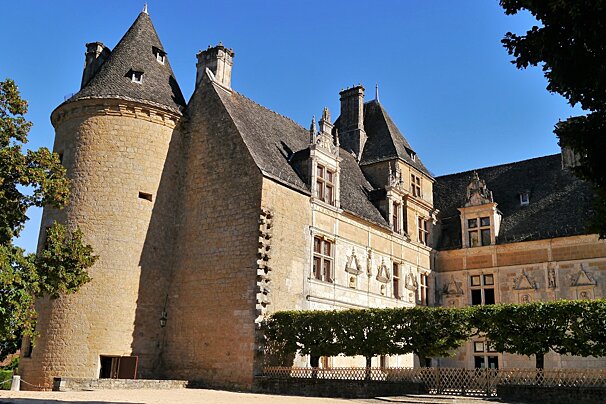
Chateau de Montal, Saint-Jean-Lespinasse
Part Renaissance palace, part medieval fortress, the original foundations date to the 15th century but were adapted by Jeanne Balzac d'Entraygues.
Discover and book the top Dordogne sights

Part Renaissance palace, part medieval fortress, the original foundations date to the 15th century but were adapted by Jeanne Balzac d'Entraygues.
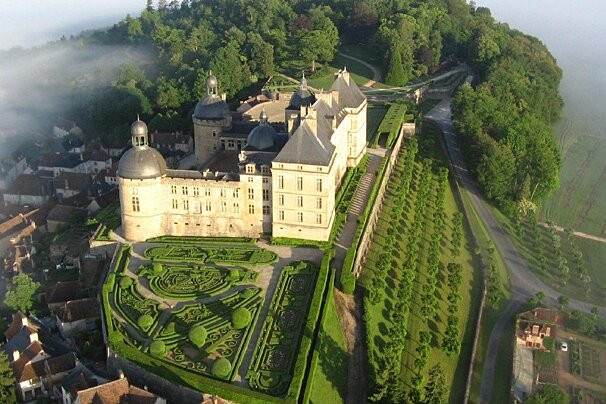
The first owner of this estate was Guy de Lastours around the year 1000. The medieval fortress, which is only known about through writings, then consisted of a keep and several towers linked by battlements.
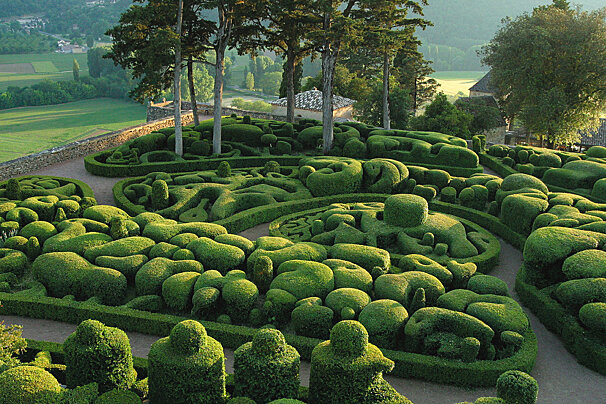
This château is a luxury 18th-century residence built around the time of the French Revolution. Sitting in a magnificent spot, with views over the Dordogne valley, its brickwork is the classical limestone slabs, or lauze, with stone roof tiles.
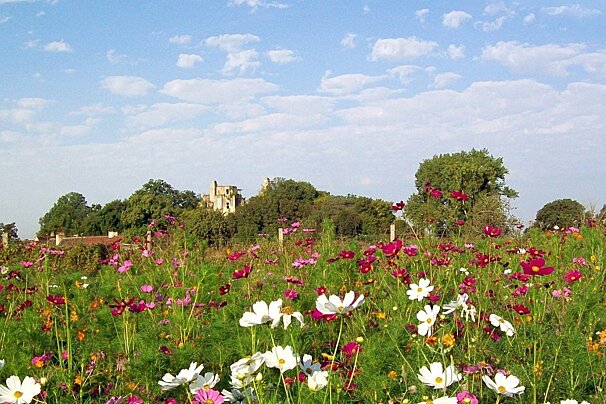
The present castle dates to 1530 when it was built by the Herm family. Its Gothic style consists of a rectangular main building flanked by two round towers.
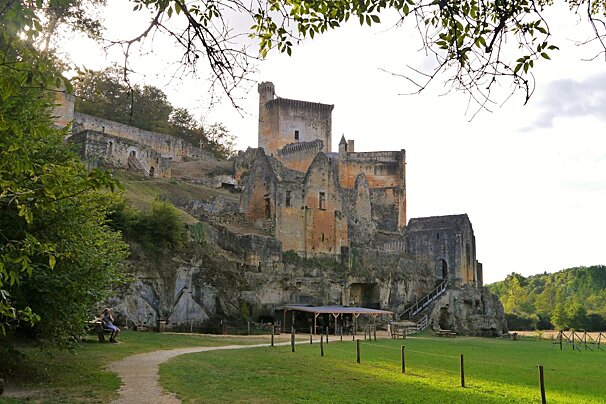
It is thought that the keep at Commarque was originally founded by two abbots in the 12th century. Its ruins, built into the cliff face, have undergone some extensive restoration work over the last 50 years.
This Renaissance château was built in the 16th century in the village of Villars. Its architecture resembles that of many château in the Loire. It was built for Mondot de La Marthonie who was the first president of the Paris Parliament. Reasonably small in size, it was intended to be a second home where he could go hunting. The interior has been wonderfully restored and it still contains the original wooden timbers.
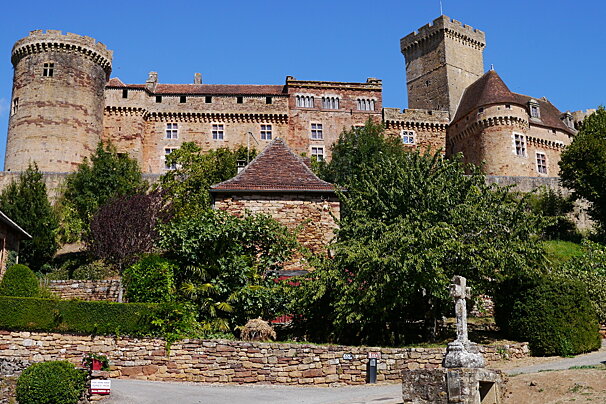
Not to be confused with the Château de Castelnaud, this château close to Brenetoux stands as an incredible example of a fortified castle, with a combination of architecture from the 13th-century through to the 17th-century.
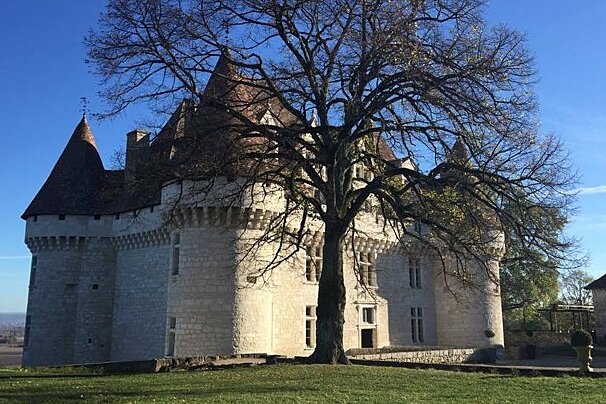
This 16th-century château combines medieval defensive fortifications and Renaissance exuberance.
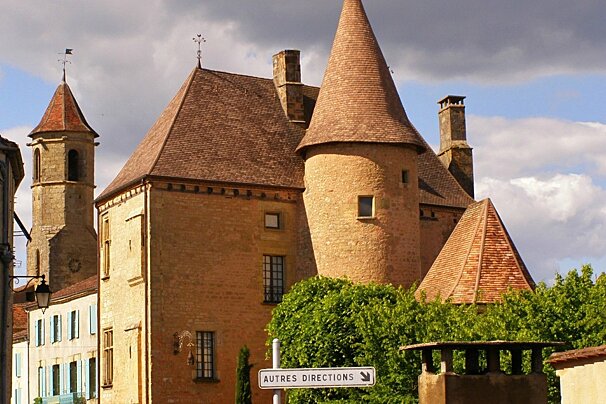
Treat yourself to an intriguing discovery with this intimate and charming medieval castle. Walk in the garden and enjoy unforgettable views of the Nauze valley.
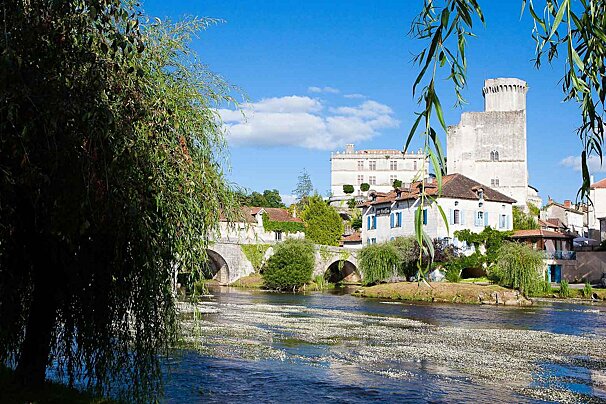
This château is the combination of two castles, a medieval one dating to the 13th century and a Renaissance palace dating to the 16th century.
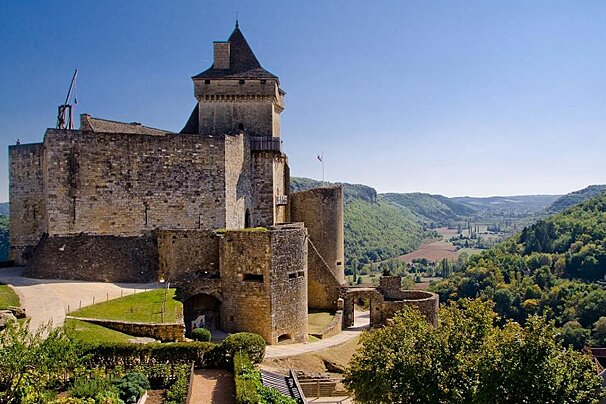
The 12th century Château de Castelnaud stands high over the Dordogne valley, with magnificent views of the Châteaux of Beynac, Jardins de Marqueyssac and the medieval village of La Roque-Gageac.
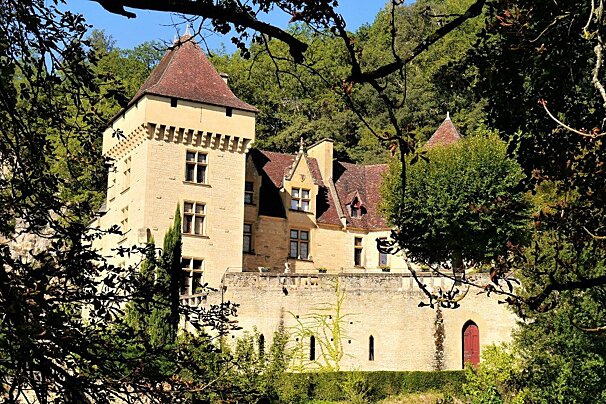
This chateau and family home is perfectly situated at one end of the village of La Roque Gageac and overlooks the Dordogne river.
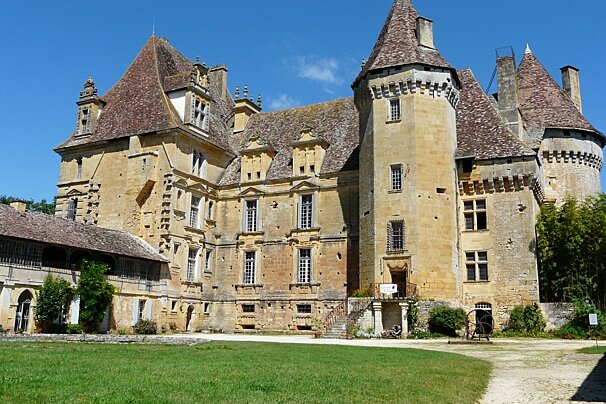
Self-titled as the "Unfinished Louvre in Périgord", this château combines medieval fortifications with an incomplete Renaissance palace.
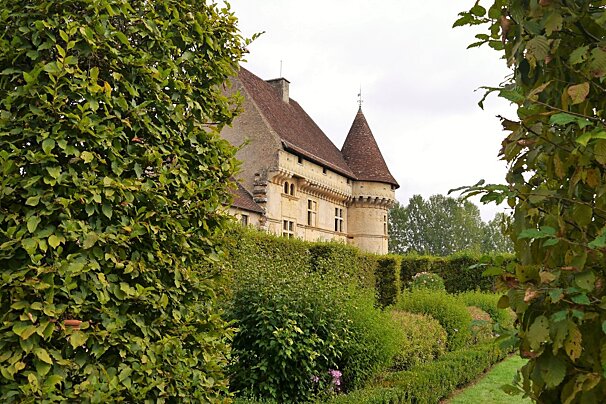
The medieval fortress of Château de Losse overlooks the Vézère river and has a very unique and interesting history.
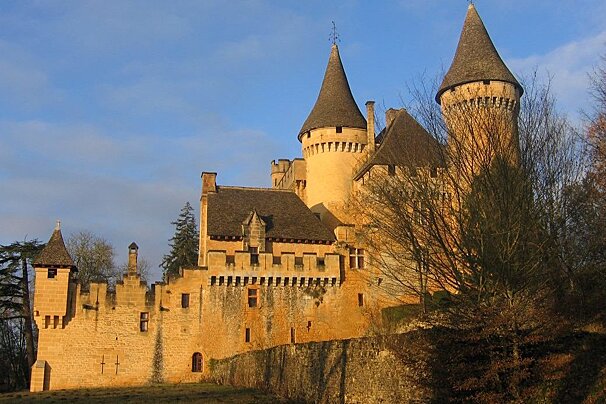
Situated between Sarlat and Les Eyzies-de-Tayac-Sireuil this thirteenth-century castle was renovated as recently as 1890.
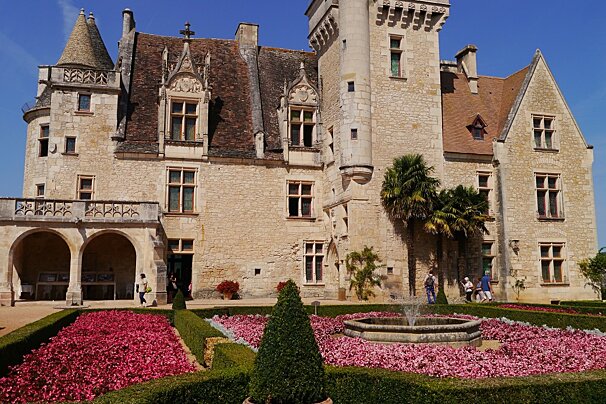
This captivating château was built in 1489 in a Renaissance style with magnificent Gothic elements. It has classical turrets, a newel staircase and protruding gargoyle sculptures and large windows decorated with splendid stained glass.

This fabulously preserved cliff top château overlooks the town of Beynac and the river Dordogne. It was built as a fortress in the 12th century with the cliff on one side and double walls and moats on the other.
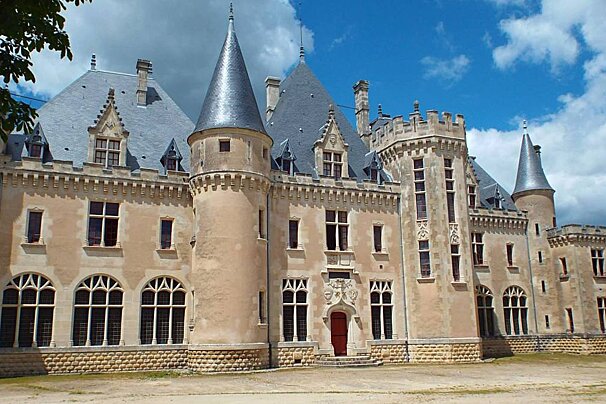
The home and birth place of Michel de Montaigne (1533-1592), he was one of the most significant philosophers of the French Renaissance, known for popularising the essay as a literary genre.